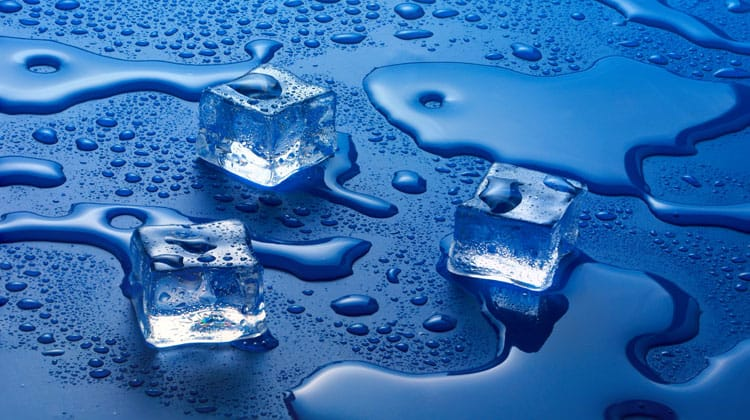Why does salt melt ice : Explore the chemical magic behind why salt (sodium chloride) is a quick solution to ice melting. Uncover the science of this common de-icer.
Why does salt melt ice : Introduction
Why does salt melt ice : Every winter, more than 20 million tons of salt are scattered across the icy roads of cold northern regions to combat the hazards of snow and ice. But have you ever wondered how salt accomplishes the task of melting ice? In this article, we delve into the fascinating science behind this common winter practice, exploring the role of salt in altering the freezing point of water and the environmental implications associated with its use.
ALSO READ : The Stanley Bottle Dilemma : Sustainability Vs. Trendy Consumerism
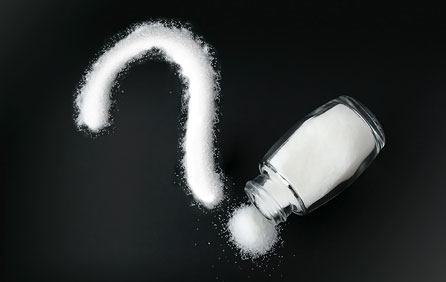
Understanding the basics : H2O in winter
Why does salt melt ice : Water freezes at 32 degrees Fahrenheit (0 degrees Celsius). When the temperature drops to this point, water transitions into ice. On icy roads, a thin layer of water typically exists on top of the ice at this temperature. The constant interaction between ice molecules and water molecules leads to a delicate balance – as some water freezes into ice, an equal amount of ice melts back into water. This equilibrium keeps the overall amount of ice and water relatively constant. However, introducing salt into this equation disrupts this balance, and here’s how.
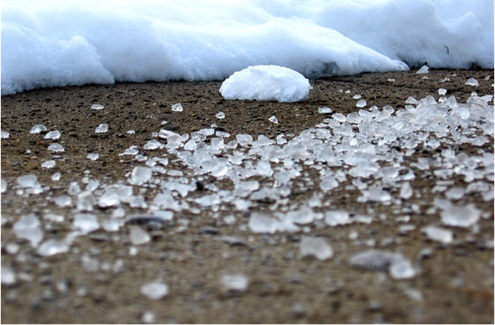
Freezing point depression : How salt lowers the freezing point
Why does salt melt ice : The phenomenon responsible for salt’s ice-melting prowess is known as “freezing point depression.” Essentially, salt makes it more challenging for water molecules to form the rigid structure of ice. In water, salt acts as a solute, breaking down into its elemental ions. For instance, table salt, or sodium chloride (NaCl), dissolves into separate sodium ions and chloride ions. The introduction of these ions into the water alters its freezing point.
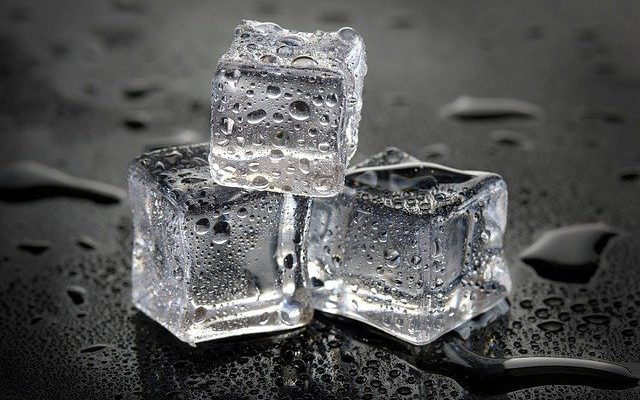
Why does salt melt ice : Cities often use calcium chloride (CaCl2), another type of salt, on icy streets due to its increased effectiveness. Unlike sodium chloride, calcium chloride can break down into three ions: one calcium ion and two chloride ions. The greater number of ions hinders the formation of ice bonds more effectively. This disruption of the freezing point allows the water on the road to remain in liquid form, preventing the formation of a layer of ice at 32 °F.
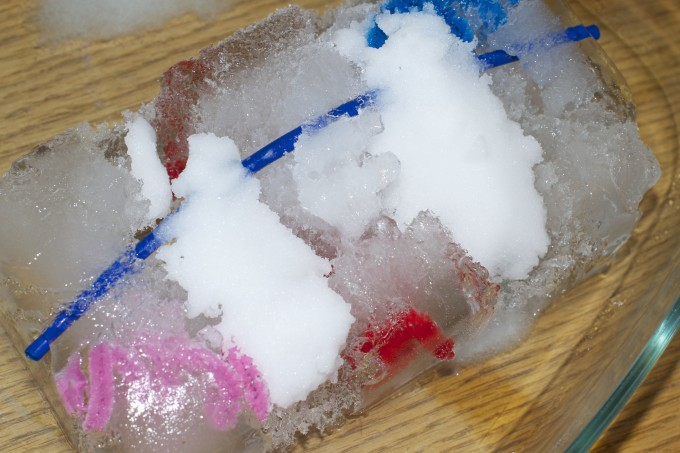
Environmental concerns : The dark side of salt
Why does salt melt ice : While salt may be a winter savior for road safety, its environmental impact raises significant concerns. Chloride, a component of salt, can prove detrimental to aquatic ecosystems. Runoff from salted roads finds its way into streams and lakes, where chloride concentrations can become toxic to aquatic life, endangering fish and other organisms. This disruption in aquatic ecosystems can have cascading effects on the broader food web.

Additionally, chloride negatively affects terrestrial environments. It dehydrates and kills plants, impacting vegetation along roadways and in nearby soil. Soil composition alterations caused by chloride make it challenging for plants to thrive, creating long-term ecological consequences.
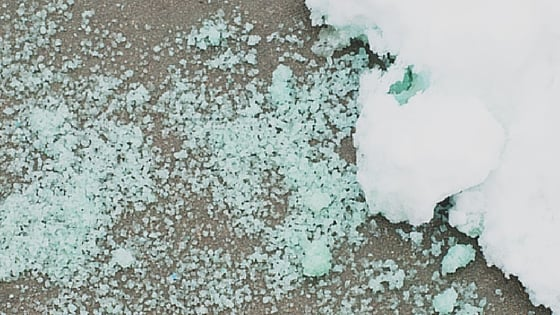
Exploring alternatives : Balancing safety and environmental health
Why does salt melt ice : While some non-chloride compounds exist as alternatives for ice and snow melting, they often come with a higher price tag. Striking a balance between maintaining road safety and minimizing environmental harm remains a challenge. Finding eco-friendly alternatives or developing improved de-icing technologies could be crucial steps toward mitigating the environmental impact of winter road maintenance.
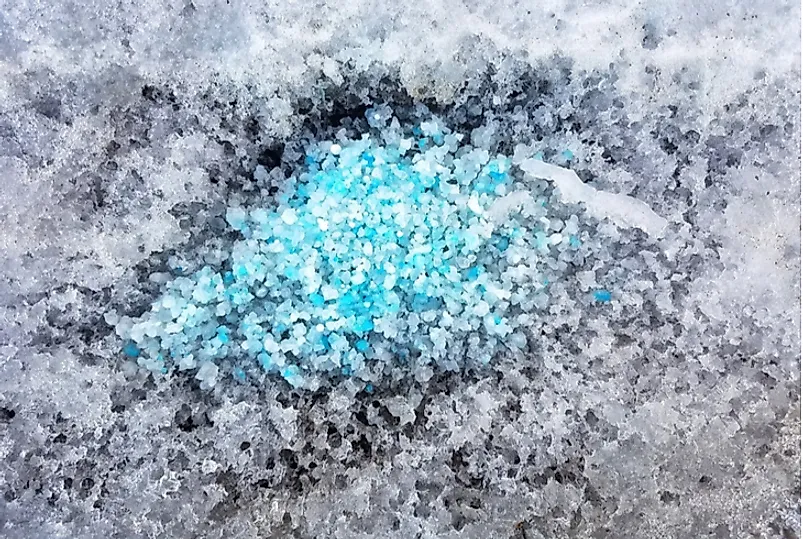
Conclusion
Why does salt melt ice : Salt’s ability to melt ice is a result of its impact on the freezing point of water, a phenomenon known as freezing point depression. While this practice is effective in ensuring safer roads during winter, it comes at a cost to the environment. The chloride content in salt poses threats to aquatic and terrestrial ecosystems. As we navigate the winter months, it is essential to consider the environmental implications of our de-icing methods and explore sustainable alternatives to strike a balance between safety and ecological health.
To explore more news : Click Here
ALSO READ : Unraveling The 1916 Shark Attacks : A Historical Perspective







